From implantable medical devices to spintronics-based systems
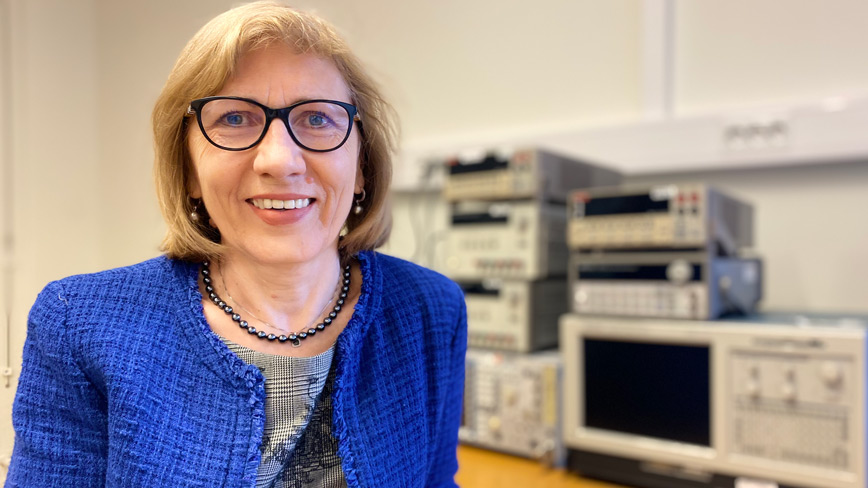
The use of new implantable medical sensors in the body requires new ways of supplying them with energy. Ana Rusu’s group develops smart and energy-efficient integrated circuits and systems towards miniaturized and life-long, power-independent biosensors.
Ana Rusu, professor at the Division of Electronics and Embedded Systems, describes the goal of her research as enabling the smart and interconnected society of the future. Specifically, she works on developing integrated circuits and systems for the medtech of tomorrow. As the population grows older, the need for technologies to improve healthcare is growing. Innovation in ultra-low power circuit design, energy harvesting, storage and power management is required to meet the current and future demands for implantable and wearable biosensors.
“My goal is to make a difference for patients by contributing to improvements in healthcare,” says Rusu.
One of the research projects she is involved in aims to develop implantable and battery-free medical sensors. The devices are able to accurately measure the bioimpedance of internal organ tissues.
“Ideally, the implantable sensors should have a longer lifespan than the patients. No one wants to have a surgery just to change the battery in the sensor monitoring various biosignals.”
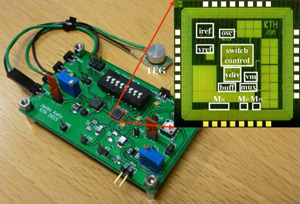
Therefore, Rusu’s group has developed several new design techniques for performing accurate bioimpedance spectroscopy and allowing power autonomy. Wireless power transfer using inductive coupling provides power to the implant from an external reader, which can be connected to a smartphone or tablet. The wireless link allows communication with the external world, controlling the biosensor and using the measured bioimpedances.
Another way to provide power to implants is by harvesting the energy from different sources inside and/or around the body. Rusu’s group has used the thermal energy from body heat and the electro-chemical energy from glucose biofuel cells.
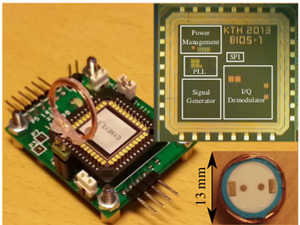
“The amounts of energy that can be harvested from the body are very small, so in some applications we need to combine them also with inductive coupling, which provides more energy, and communication with the external world.” Rusu says.
The research on bioimpedance spectroscopy has reached the test stage and for this, Rusu is collaborating with researchers at Karolinska Institutet (KI) and Sveriges Lantbruksuniversitet (SLU). She hopes that the development of this technology will be taken soon by a medtech company that has the capability to go all the way to a finished product, which includes extensive clinical trials in animals and humans.
Another focus of Rusu’s research is more related to basic research, including a project on hybrid spintronics-CMOS systems in which she is collaborating with researchers at the University of Gothenburg. The goal is to find innovative ways of combining spintronics with more conventional CMOS technologies and develop new hybrid systems and applications.
“We’ve published results that show the potential of integrating spintronic oscillators with CMOS circuits and combining their properties in a way that enables new applications,” says Rusu.
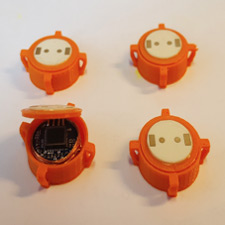
This research may also pave the way for developing non-conventional computing technologies inspired by nature, so-called Ising Machines, which can have a huge impact on various emerging applications.
Rusu has always been driven by curiosity, both about how things work and how they can be done
better. Curiosity also drove her to go into research after she finished her education. She has the ambition to be good at what she is doing and to develop herself continuously by continuous learning.
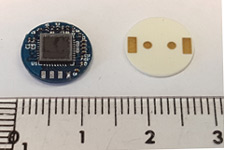
“There is no limit to learning new things. Throughout your life, you encounter new situations and knowledge. And that’s what I like most about research: that you are constantly faced with new problems.”
At the same time, she is also passionate about teaching and mentoring students. She is strongly encouraging doctoral students to take advantage of teaching opportunities during their studies.
“The best kind of learning you can get is teaching. That’s when you’re faced with questions that you haven’t thought of and that open up approaches that you didn’t think existed.”
She is in her element when she works close to the doctoral students she supervises.
Contact:
Text: Magnus Trogen Pahlén
Photos: Research group
Related news
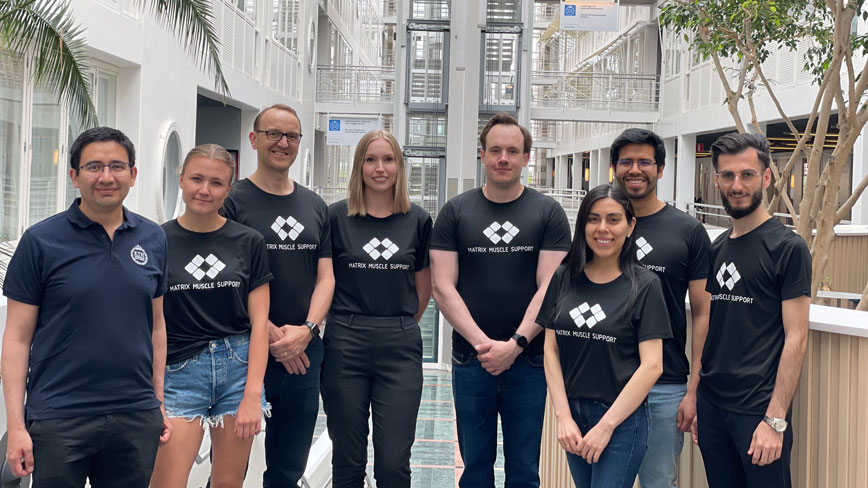
Funding boost on blood clot prevention
Vinnova grants 4 MSEK for the development of next-generation Venous Thromboembolism prevention.
Read the article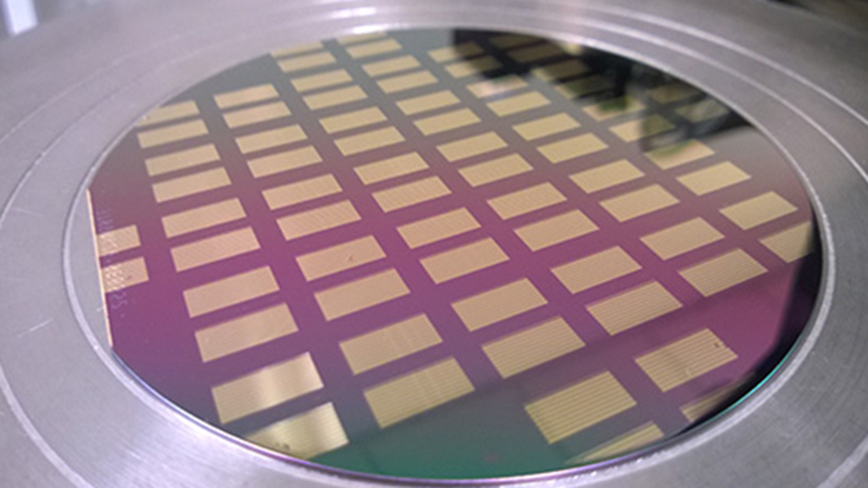
Fast communication with spintronics is possible, models show
One step closer to better and faster communication in 5G and 6G has been taken. Ericsson and KTH will now evaluate the technology for two years, and the hope is to get closer to a prototype that can b...
Read the article
From implantable medical devices to spintronics-based systems
The use of new implantable medical sensors in the body requires new ways of supplying them with energy. Ana Rusu’s group develops smart and energy-efficient integrated circuits and systems towards min...
Read the article